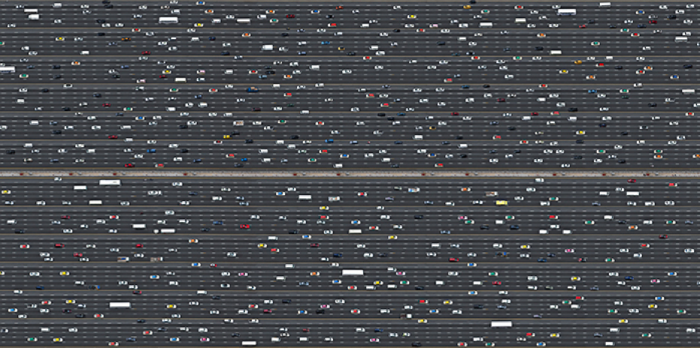BRIC and EXODUS by Marcus Lyon
In the early 21st century, a watershed was crossed and the world saw the irreversible shift from a global majority of rural dwellers to a new army of urban residents. Mass urbanization trends predict that the world’s urban population will double in the coming 40 years. The cities of the developing world will account for 95% of that growth. These are the mega-cities of the BRIC economies, the urban giants of Brazil, Russia, India and China. These people-magnets draw in rural workers with the promise of higher wages and a better quality of life, but the delicate balance between expanding population and limited physical space defines the human condition of these powerhouses. The evolution of these urban spaces rules today’s global economy. Whichever way it is examined the megacities of the emerging markets are the defining human environments of our time. Indeed they drive the ability of humans, goods and services to circumnavigate the planet exponentially and leave us disconnected from a simple view of our common identity. In turn our economic and geo-political differences intensify and the unstoppable movement and expansion of actual and digital assets challenges the power of the individual, the state and corporations to control opinions, actions and environments. BRICS and EXODUS provoke questions concerning the biggest changes in contemporary society through large-scale representations of the key themes that influence globalization in the modern world.
Marcus Lyon lives and works in London, England.
To view more of Marcus' work, please visit his website.
BRIC I - Santa Teresa, Rio de Janeiro (2008)
BRIC II - Centro São Paulo (2008)
BRIC III - Yugo-Zapadniy Okryg, Moscow (2008)
BRIC IV - Ghatkopar Wadi, Mumbai, India (2009)
BRIC V – CBD, Shanghai, China (2009)
BRIC VI - Cumballa Hill, Mumbai, India (2010)
BRIC VII – Chongqing, China (2010)
EXODUS I – Damascus, Syria (2009)
EXODUS II – Dubai, UAE (2010)
EXODUS III – London, UK (2010)
EXODUS IV - Hong Kong, China (2010)
EXODUS V – Pudong, Shanghai, China (2010)
EXODUS VI - West Lamma Channel, South China Sea (2011)
EXODUS VII - Tin Shack City, Cape Flats, South Africa (2011)
EXODUS VIII – Khayletisha, Cape Town (2011)















